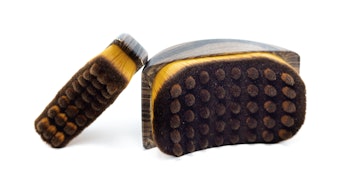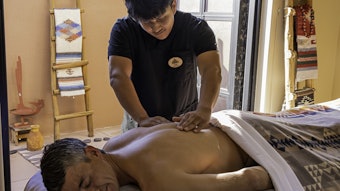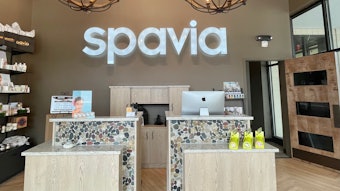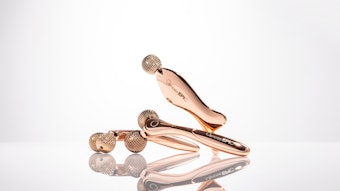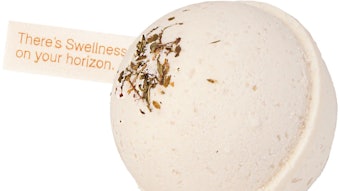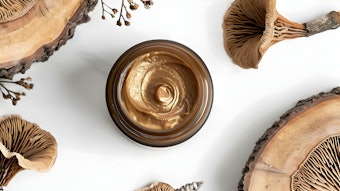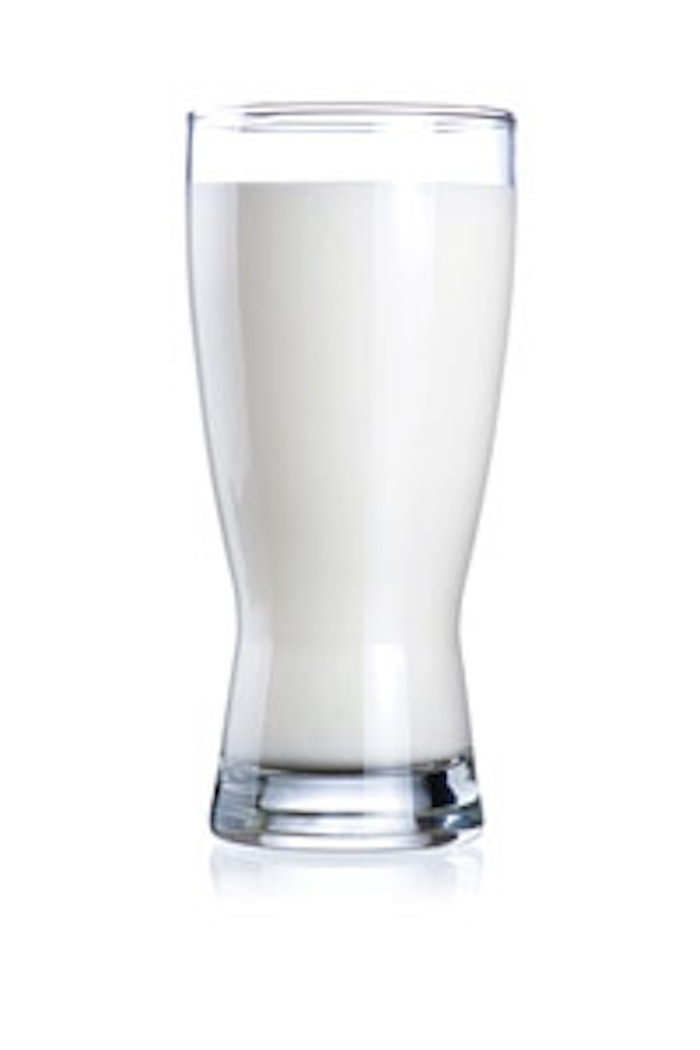
A popular myth that diet has nothing to do with acne has perpetuated throughout the dermatology and the skin care community for approximately the past 40–50 years. This viewpoint seems to have stemmed from two poorly designed studies conducted in 1969 and 1971, one being the infamous “chocolate study,” which examined the effects of cacao on acne.1 There has since been much observation- and correlation-based research showing there may, in fact, very well be dietary connections to visible breakouts.
Affecting 80–90% of the U.S. population at some point in time, it may be said that acne is the most prevalent inflammatory skin disorder in existence.2 No longer exclusive to the teenage years, more and more adults are experiencing lingering breakouts, with some continuing to suffer from acne well into middle age.
Current diet-acne research
Following, three instances of more current research regarding the diet-acne connection will be explored, along with potential ways of discussing this information with your clients.
1. A positive correlation exists between consumption of milk and acne. A 2005 analysis titled “High school dietary dairy intake and teenage acne3” explored the possible associations between dairy-related foods and the incidence of physician-diagnosed acne. In an analysis of more than 47,000 teens, a positive correlation was found between acne and the intake of milk. The study noted that there was no difference seen between full-fat versus low-fat milk intakes in relation to breakouts. In other words, regardless of the type of cow’s milk, acne was still seen prevalently in the participants’ skin.
A similar analysis study conducted in 2006 titled “Milk consumption and acne in adolescent girls4” reviewed the affects of dairy on visible breakouts in young women from 9–15 years of age. Researchers concluded that for “... U.S. girls … we found that greater consumption of milk was associated with higher prevalence of acne.”
Both studies also pointed to the hypothesis that the association with milk may be because of the presence of hormones and bioactive molecules, as well as its effect through the insulinlike growth factor (IGF-1) pathway. Through these pathways, dairy intake may aggravate acne on a number of levels, including an increase in oil production, inflammation and abnormal hormonal activity.
2. A low-glycemic diet has a positive correlation in the reduction of acne. A 12-week study conducted in 2007 recorded the number of acne lesions in correlation to a controlled, low-glycemic diet.5 The study found that the total number of lesions had decreased in the low-glycemic load group in comparison to the control group. It concluded that “ ... the improvement in acne and insulin sensitivity after a low-glycemic load diet suggests that nutrition-related lifestyle factors may play a role in the pathogenesis of acne.”
Regular consumption of high-glycemic foods elevates insulin levels and may, in turn, stimulate sebum production and sebaceous cell proliferation.6 Although more studies are necessary to further understand the complete underlying pathways of acne, incorporating low-glycemic foods may help to reduce the amount of visible lesions. This includes whole foods, such as fruits, greens, vegetables, brown rice and nuts.
3. Fruits and vegetables may help minimize signs of acne. Rural cultures with diets high in fruits, nuts and root vegetables have been observed to have a very minimal incidence of acne.7 Communities of Kitavan Islanders of Papua New Guinea and Achè hunter-gatherers of Paraguay were observed to not even have a single comedo while eating their native diets rich in fruits, coconut, wild foods and fish, with minimal amounts of Western foods. Similar rural cultures, which have zero incidence of acne, suddenly experience breakouts when introduced to a Western culture and diet.8 This suggests that the disorder cannot be solely attributed to genetics, but is likely sourced from differing environmental factors.
These studies point to whole foods, such as fruits and vegetables, as having a positive correlation with clear skin. This makes sense: Plants are, by and large, some of the strongest anti-inflammatory food sources available. By increasing daily intake of fruits, greens and vegetables, clients biologically increase their immunity and could potentially decrease signs of acne.
Encourage and educate
Estheticians are often first in line to work with clients suffering from acne. With the subject of diet and skin care becoming more mainstream, it is important that those working in the skin care community arm themselves with the information and know-how to advise clients about such matters. Keeping in mind that estheticians are not nutritionists, they can still help educate clients in an informative way while respecting the boundaries of their education and licensure.
Keep a binder of studies in the waiting area. Allow clients easy access to such information, perhaps even highlighting important areas of note. Some of the studies noted in this report may be found on Google Scholar (scholar.google.com) and printed free of charge.
Inform clients that research shows a positive correlation between dairy consumption and acne. Allow the binder to do the work here instead of providing dietary advice, unless you are a dietician or nutritionist. This will give clients the opportunity to further explore the information and keep you within the scope of your practice.
Encourage healthy eating by suggesting an increase of more fruits, greens and vegetables. On average, Americans eat less than two servings of fruits and vegetables a day, which is far below the minimum daily recommended serving size of 5–13. Plant-based foods are some of the richest anti-inflammatory resources available. An increase in these foods may decrease visible signs of inflammatory skin disorders, such as acne, and increase healing time from post-inflammatory hyperpigmentation (PIH).
By bringing to light the diet-acne connection, the wheels start turning for clients to consider how their food choices affect their skin. It is important for skin care professionals to be at the forefront of emerging research and understand the nutritional connections to skin health. Providing sound and honest advice about skin care is crucial to enriching your individual practice. The more you are able to share with your clients, the deeper your relationships with them will grow.
REFERENCES
- www.sciencedirect.com/science/article/pii/S1085562905000283 (Accessed Jul 9, 2013)
- www.isclinical.com/whitepapers/acne.pdf (Accessed Jul 9, 2013)
- CA Adebamowo, et al, High school dietary dairy intake and teenage acne, J Am Acad Dermatol 52 2 207–214 (Feb 2005)
- CA Adebamowo, et al, Milk consumption and acne in adolescent girls, Dermatol Online J 12 4 1 (May 2006)
- RN Smith, et al, A low-glycemic-load diet improves symptoms in acne vulgaris patients: a randomized controlled trial, Am J Clin Nutr 86 1 107–115 (Jul 2007)
- ML Nagpal, et al, Human chorionic gonadotropin up-regulates insulin-like growth factor-I receptor gene expression of Leydig cells, Endocrinology 129 6 2820–2826 (Dec 1991)
- L Cordain, et al, Acne vulgaris: a disease of Western civilization, Arch Dermatol 138 12 1584–1590 (Dec 2002)
- O Schaefer, When the Eskimo Comes to Town, Nutrition Today 6 6 8–16 (Nov/Dec 1971)

